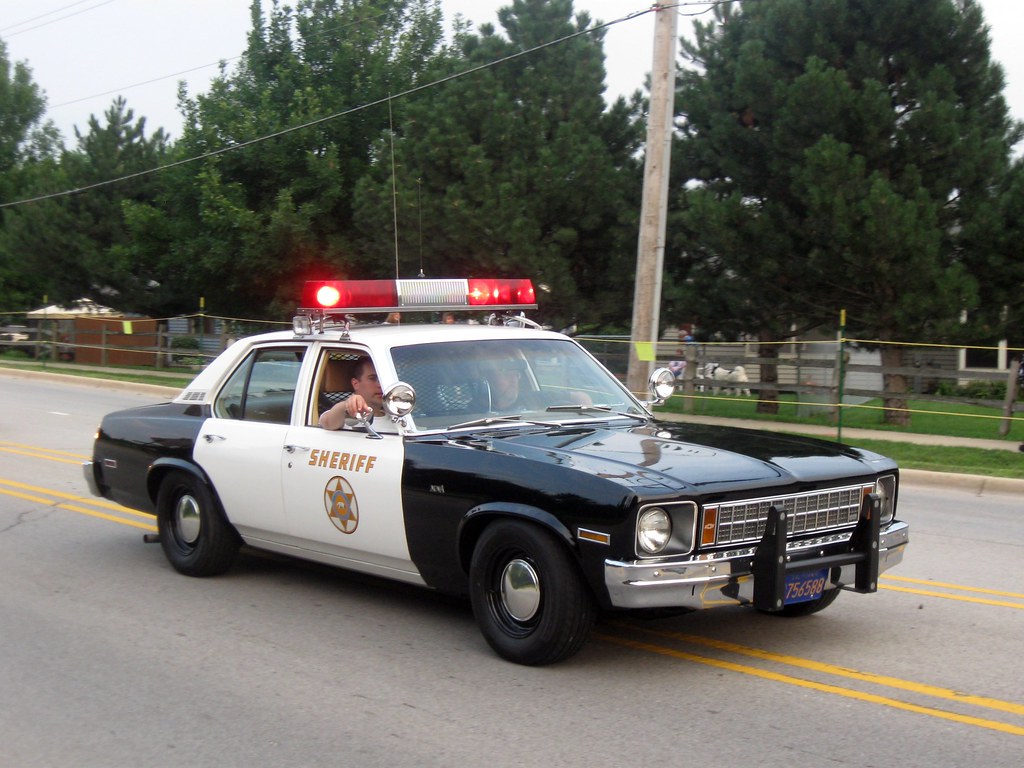Before delving into the enigmatic case of the Los Angeles County John Doe, it is important to note that while the details discussed here are devoid of graphic imagery, the nature of the case may be unsettling. The scarcity of information surrounding this case only adds to its mystique, and any additional insights from the public would be invaluable.

Background
The discovery of partial human remains in a residential garage in Santa Monica, California, on September 9th, 2003, sparked a perplexing investigation that continues to baffle authorities. The remains, consisting of a severed and embalmed head and neck, belonged to an elderly black male, estimated to be between 65 and 85 years old. With only partial remains at hand, crucial details such as height, weight, and cause of death remained elusive. The John Doe’s NamUs page indicates that he died in the same year he was found.
The garage, which had not been used as a dental office for over half a century, was the unlikely location for this grim find. The Los Angeles County Medical Examiner’s website suggests that the remains were possibly those of a medical cadaver, yet the long period since the garage’s use as a dental office raises perplexing questions. Was the information regarding the dental office’s operational years incorrect, or was the date of death somehow inaccurate? Or, perhaps, was there a more sinister explanation for the presence of these remains?
The case leaves us with a litany of unanswered questions. Who was this John Doe? What led to his death? How did his remains end up in such a condition and location? And where is the rest of his body? Despite the lack of detail, the case’s oddity is undeniable.
The Final Resting Place
The Los Angeles County John Doe was laid to rest as he was found—alone and nameless. His journey ended in a modest coffin, marked only by a coroner’s case number, in a pauper’s graveyard in Imperial County. This burial site, a stark reflection of the anonymity that shrouds many such cases, is the final destination for numerous unidentified individuals, each with their own untold story.
Imperial County’s Deadly Terrain
Imperial County, California, has become a notorious location for migrant fatalities, with its lethal combination of desert and irrigation channels. The rise in immigrant deaths has led to a grim industry, stretching the resources of local coroners, funeral homes, Mexican consular officials, and cemetery workers. The county coroner’s office has even acquired a four-wheel-drive pickup to navigate the treacherous desert terrain in search of bodies.
The Brawley funeral home, doubling as a morgue, is often filled to capacity with the remains of unidentified migrants. The increasing number of cases has sparked discussions about the need for a dedicated morgue facility. Meanwhile, Mexican consular officials are overwhelmed with the task of identifying the deceased and locating their families, often with little more than a scrap of paper or the style of clothing to guide them.
The Case of the Recently Buried John Doe
One particular case involved the remains of a man found in a remote desert wash, likely a victim of the harsh elements and scavenging wildlife. Despite the efforts of the coroner’s office and the Mexican Consulate, no successful leads were found to identify him. His autopsy revealed a death by drowning, but without a centralized fingerprint database in Mexico, identification remained a challenge.
The Struggle for Identification
The process of identifying deceased migrants is fraught with difficulties. Many carry no identification to avoid detection by U.S. authorities, making the task of the coroner’s office and the Mexican Consulate all the more challenging. They work tirelessly to speak for the dead, piecing together clues from personal effects and reaching out to potential relatives.
The Toll on Imperial County
The migrant deaths have taken a toll on the community of Imperial County. Funeral homes are burdened with the task of storing and burying the unidentified, and the county’s public administrator’s office is often left with the responsibility of managing the remains. Activists have called for the establishment of a DNA database to aid in identification efforts.
Results
The case of the Los Angeles County John Doe is a poignant reminder of the countless unidentified individuals who meet their end in obscurity. It underscores the challenges faced by those tasked with unraveling the mysteries of their final moments. As we reflect on this case, we are reminded of the value of every human life and the importance of seeking answers, no matter how elusive they may be.
The Broader Impact: Unidentified Persons and the Challenges They Present
The Los Angeles County John Doe case of September 9, 2003, is a stark representation of a much larger, often overlooked issue: the plight of unidentified persons and the challenges they present to society. The discovery of partial embalmed remains in a residential garage is not just a local mystery; it reflects a global problem of unidentified individuals, many of whom are migrants who perish on their journeys to a better life.
The phenomenon of unidentified persons is not unique to Los Angeles County or even the United States. Around the world, countless individuals go missing every year, leaving behind families and communities in a state of perpetual uncertainty. The reasons for their disappearances are as varied as the individuals themselves, ranging from voluntary disappearance to accidents, natural disasters, and the more sinister possibilities of foul play or human trafficking.
In the case of migrants, the journey to cross borders can be fraught with peril. The Imperial County coroner’s office, with its four-wheel-drive pickup truck, is a testament to the treacherous conditions that migrants face. The desert does not forgive, and the irrigation channels that have become the deadliest spot on the U.S.-Mexico border for migrants are a grim reminder of the risks involved. The rising number of migrant fatalities has not only stretched the resources of local coroners and funeral homes but has also highlighted the need for better identification methods and support systems.
Identification of the deceased is a complex and often frustrating process. Many migrants carry no identification to avoid detection by U.S. authorities, complicating the task of the coroner’s office and the Mexican Consulate. They work tirelessly to piece together clues from personal effects and reach out to potential relatives. The lack of a centralized fingerprint database in Mexico and the spotty availability of dental records further hinder these efforts.
The toll on communities like Imperial County is significant. Funeral homes are burdened with the task of storing and burying the unidentified, and the county’s public administrator’s office is often left with the responsibility of managing the remains. Activists have called for the establishment of a DNA database to aid in identification efforts, which could provide some solace to the families left behind and offer a sense of closure.
The case of the Los Angeles County John Doe also raises questions about the ethics of handling human remains. The fact that the remains were believed to be a medical cadaver suggests a disconnect between the reverence for the dead and the practicalities of medical education and research. It is essential to ensure that donated bodies for medical purposes are treated with respect and that their final disposition is handled with dignity.
The Los Angeles County John Doe case is a poignant example of the broader issue of unidentified persons. It underscores the importance of international cooperation in addressing the challenges of migration, identification, and the respectful treatment of the deceased. As we reflect on this case and the many others like it, we are reminded of the value of every human life and the importance of seeking answers, no matter how elusive they may be. The story of John Doe is not just a tale of mystery; it is a call to action for better systems and greater compassion in dealing with the unidentified and the lost.





